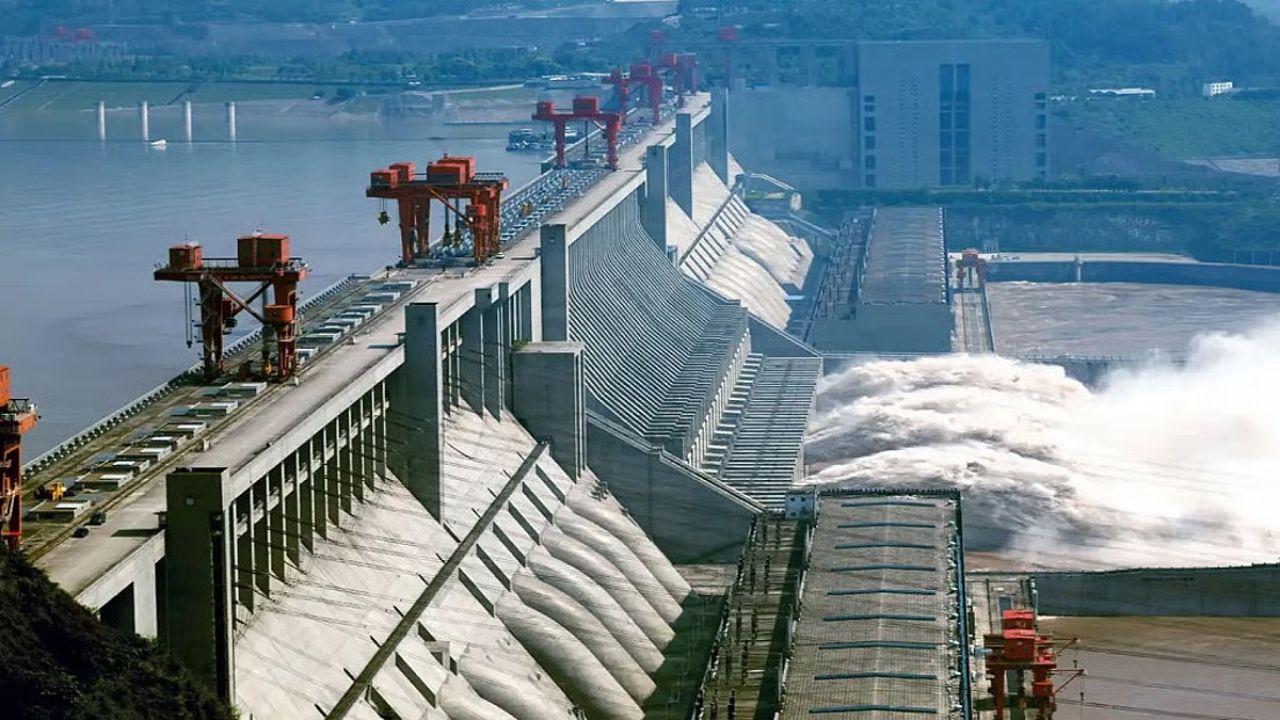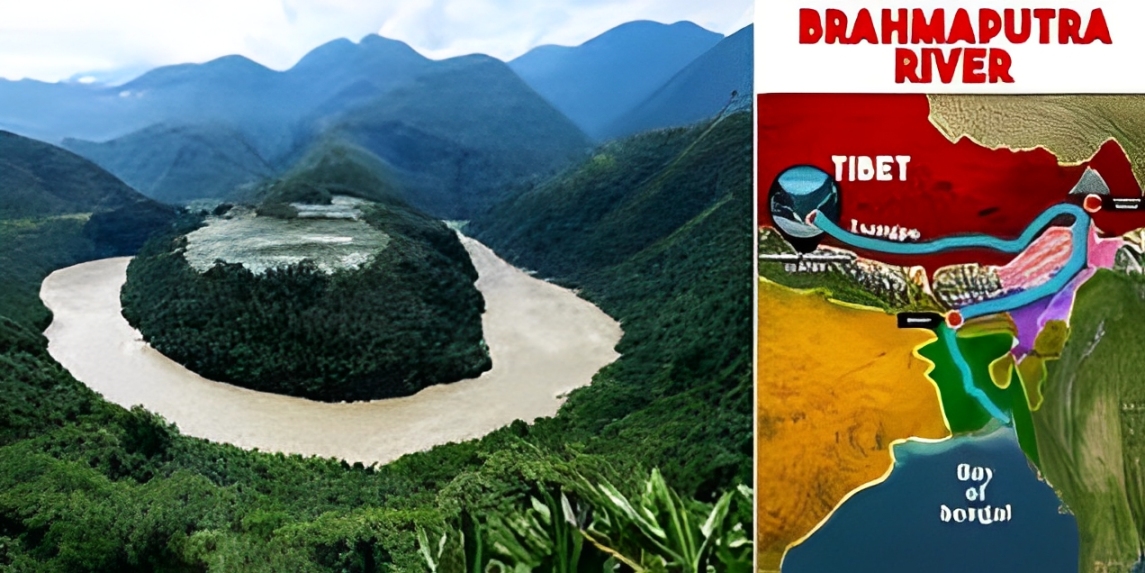 English
English

India plans a ₹6.4 trillion investment to build 208 hydro projects in the Brahmaputra basin by 2047, countering China’s dam strategy. This 76-GW initiative boosts energy security, strengthens national defense, and accelerates Northeast India’s development with sustainable, green power.

A 76-GW Hydroelectric Project on the Brahmaputra
New Delhi: Strategic tensions have existed between India and China over the Brahmaputra River for years. While China has been challenging India's water security and strategic position by building large dams near the border, the Indian government has now taken a strong and retaliatory step in this direction.
This step is not only important for energy security but could also prove crucial for national security and the development of Northeast India.
China plans to control the Brahmaputra, prepares to build world’s largest dam in Tibet
The Indian government has a major plan to develop 76 GW of hydroelectric power generation capacity in the Brahmaputra River basin by 2047. A total investment of ₹6.4 trillion will be made, according to the Central Electricity Authority (CEA) in its recent report.
Under this project:
This plan comes at a time when China is building a massive dam in the upper reaches of the Brahmaputra (Yarlung Zangbo) in Tibet. This dam poses several risks to India:
Water flow could decrease, leading to a water crisis in states like Arunachal Pradesh and Assam. The strategic threat is that China could use it as a "water bomb" in the event of war by withholding or releasing water.

China Brahmaputra Dam (Image Source: Internet)
Therefore, this plan for India is important not only for power generation but also for security and strategic strength. The Brahmaputra Basin spans several Indian states, including: Arunachal Pradesh, Assam, Sikkim, Mizoram, Meghalaya, Manipur, Nagaland, and West Bengal.
China’s Brahmaputra Dam plan: India asks China to ensure Dam does not harm downstream states
This region holds over 80% of India's total untapped hydropower potential. Arunachal Pradesh alone has 52.2% of the potential. This project will boost power, infrastructure, and economic activity in these states.
The project will be completed in two phases.
Phase 1 (by 2035): will cost approximately ₹1.91 trillion.
Phase 2 (by 2047): will involve an investment of ₹4.52 trillion.
State-owned companies such as NHPC, NEEPCO, and SJVN will participate in this project.
This project will move India closer to its goal of 500 gigawatts of non-fossil energy by 2030 and net zero by 2070. This will reduce India's dependence on fossil fuels and help combat climate change.
This hydropower project by the Indian government is not only a strategic response to China but also a major step towards energy self-sufficiency, security, and development. It can transform Northeast India and provide the country with sustainable energy sources.
No related posts found.